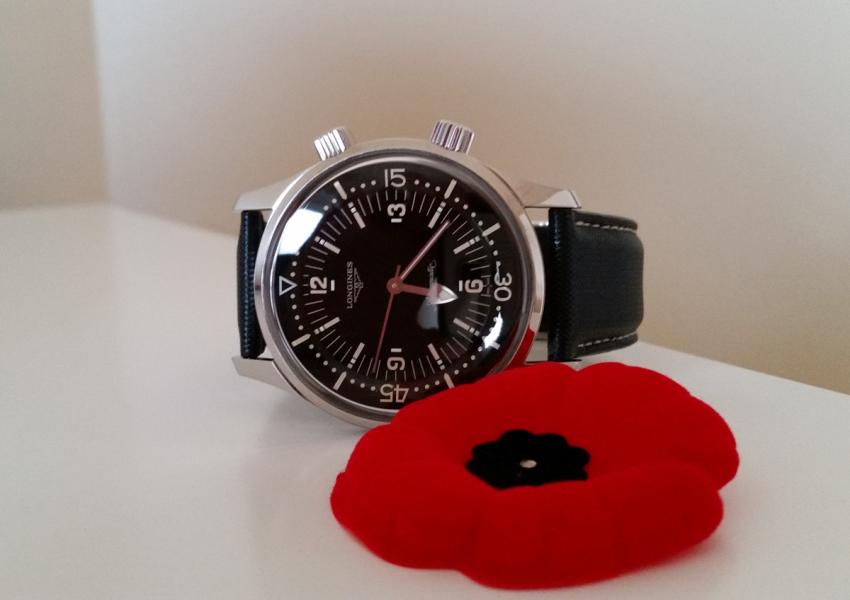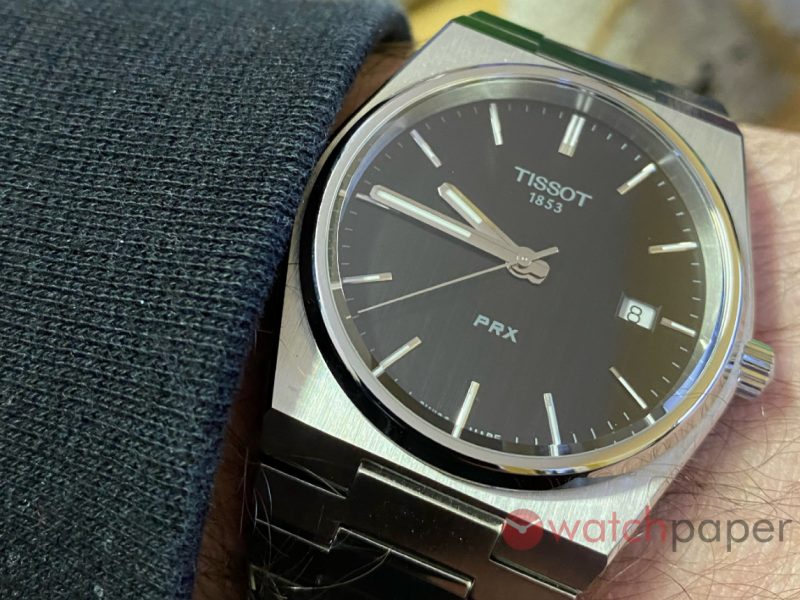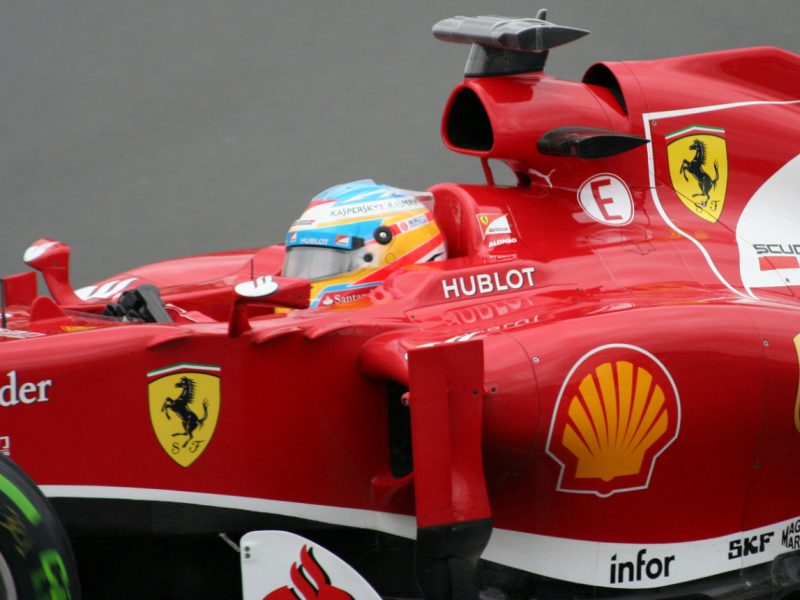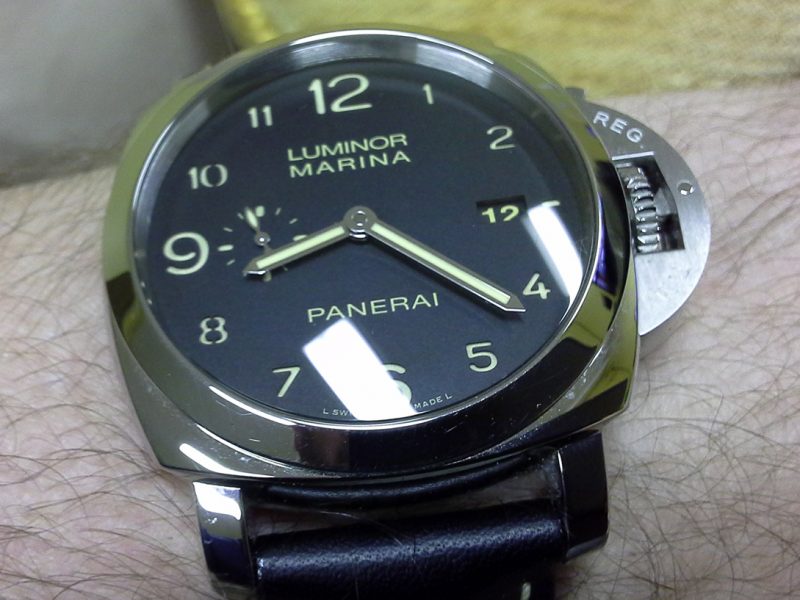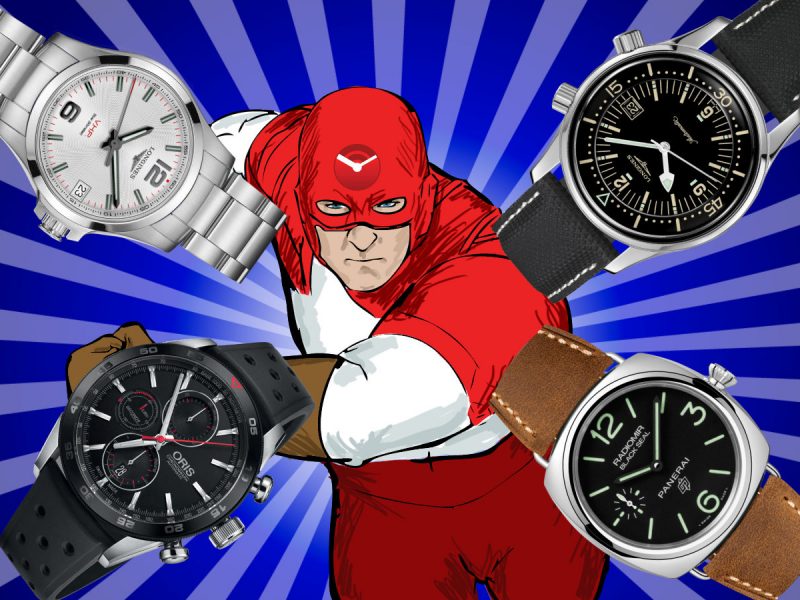Honouring Remembrance Day
This year has marked a very significant historical milestone — 100 years since the beginning of World War I. Like my friends at WatchPaper, I am a history buff and I am particularly interested in WWI and WWII history. My great-grandfather fought for the British army in WWI and my granddad fought for the British army in WWII. Granddad never spoke about the war itself until he was on his deathbed, where he told my dad about the liberation of Bergen-Belsen concentration camp. Granddad arrived several days after the liberation and it was his job to dig up the mass graves and count the bodies. But Granddad never told me about those horrors while I knew him — he would only tell me stories about his army buddies and the good times they had during boot camp prior to following up the Normandy invasion. Largely because of Granddad, I grew up with an interest in the great conflicts of our time and how they shaped the world. Adam and I felt that WatchPaper should acknowledge the sacrifices made by those great generations — and not only the military personnel. We hear the stories of the soldiers who laid down their lives for freedom and peace, but we must not forget the tens upon tens of millions of civilian victims of the great conflicts of the 20th century. And we must remember how nations united industry and the public in order to fight evil.
So how does this relate to watches? I’m glad you asked…
A mechanical timepiece has absolutely no practical purpose in today’s world. Rather, it is a salute to the past. It is a reminder of a time before cell phones, internet and GPS. A mechanical timepiece is really a living example of history. There was a time when professionals actually needed a mechanical timepiece. Marine chronometers played a huge role in maritime navigation and exploration, for example. Now imagine WWII in the 1940’s — imagine being a bomber pilot. No onboard computers. No digital readouts. No GPS. That pilot probably wore a mechanical watch and he depended on it for navigation and for synchronizing missions. It was the same for the navy and for the army. Major civilian operations also depended on mechanical timepieces. The best example I can think of is railway use.
The military had an enormous influence on wristwatch development. The requirements of bomber pilots led to hacking functions, large crowns, large dials and anti-magnetic materials. Navy frogmen required waterproof timepieces. Luminous materials were also required. Some of the most popular timepieces today take their design cues from WWII-era timepieces. So I see an obvious link between war history and mechanical timepieces.
While I do not care much for vintage timepieces, I am crazy for many retro-styled pieces because they are a cool homage to our past. And really, the whole point of wearing a mechanical piece is to acknowledge the past. Otherwise, you would just wear a smartwatch. This passion of ours, timepieces, is forever linked to the past. These marvelous devices played an important role in the two great wars that shaped human civilization. Make sure to wear a real mechanical timepiece on Remembrance Day and take a moment to think about the lives lost and the sacrifices made as well as the conflicts raging today. And wear a poppy to honor the occasion and to honor so many fallen heroes.
Yours truly,
TimeCaptain


